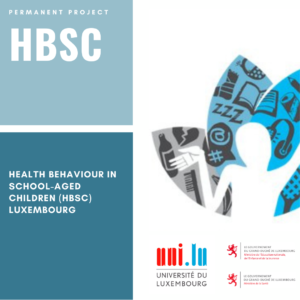Although the school-class is known to be an important setting for adolescent risk behavior, little is known about how the ethnic composition of a school-class impacts substance use among pupils with a migration background. Moreover, the few existing studies do not distinguish between co-ethnic density (i.e., the share of immigrants belonging to one’s own ethnic group) and immigrant density (the share of all immigrants). This is all the more surprising since a high co-ethnic density can be expected to protect against substance use by increasing levels of social support and decreasing acculturative stress, whereas a high immigrant density can be expected to do the opposite by facilitating inter-ethnic conflict and identity threat. This study analyses how co-ethnic density and immigrant density are correlated with smoking among pupils of Portuguese origin in Luxembourg. A multi-level analysis is used to analyze data from the Luxembourg Health Behavior in School-Aged Children study (N = 4268 pupils from 283 classes). High levels of co-ethnic density reduced current smoking. In contrast, high levels of immigrant density increased it. Thus, in research on the health of migrants, the distinction between co-ethnic density and immigrant density should be taken into account, as both may have opposite effects.
School-class co-ethnic and immigrant density and current smoking among immigrant adolescents
Zitiervorschlag
Kern, M. R., Heinz, A. & Willems, H. E. (2020). School-class co-ethnic and immigrant density and current smoking among immigrant adolescents. International Journal of Environmental Research and Public Health, 17(2).



